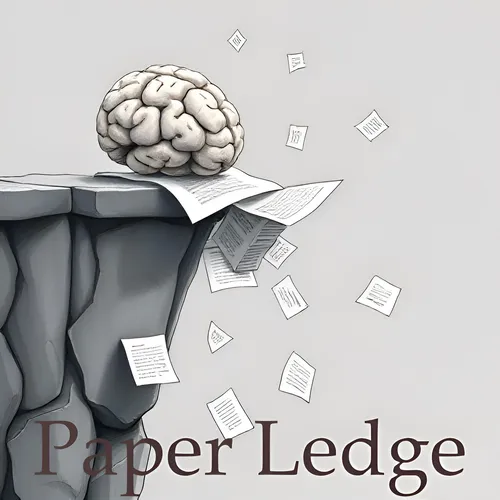Machine Learning - Multimodal Quantum Vision Transformer for Enzyme Commission Classification from Biochemical Representations
- Author
- ernestasposkus
- Published
- Thu 21 Aug 2025
- Episode Link
- https://www.paperledge.com/e/machine-learning-multimodal-quantum-vision-transformer-for-enzyme-commission-classification-from-biochemical-representations/
Hey PaperLedge crew, Ernis here, ready to dive into some seriously cool science! Today, we're tackling a paper that's all about cracking the code of enzymes. You know, those tiny biological machines that speed up reactions in our bodies and, well, pretty much everything else alive?
Now, figuring out exactly what an enzyme does – its job, its functionality – is a huge challenge. Think of it like this: imagine you're trying to guess what a specific wrench is for, but you can only see a blurry picture of it, and you don't know anything about tools. That's kinda what scientists are up against with some enzymes, especially the weird, less-studied ones.
This paper introduces a brand new approach using something called Quantum Machine Learning, or QML. Now, I know, that sounds super sci-fi, and it kinda is! But bear with me. The researchers basically built a super-smart computer program that can look at enzymes in multiple ways at once – like examining that wrench from every angle, in high definition, and even analyzing the materials it's made from. They used four key perspectives:
- Protein Sequence: The basic building blocks – the DNA code – of the enzyme. It's like the blueprint for the wrench.
- Quantum-Derived Electronic Descriptors: This is where the "quantum" part comes in. It's about understanding the tiny electrical charges and interactions within the enzyme. Think of it as analyzing the metal's conductivity in our wrench analogy.
- Molecular Graph Structures: This is a map of how all the atoms in the enzyme are connected. It's like looking at the wrench's precise design, showing how all the parts fit together.
- 2D Molecular Images: A visual representation of the enzyme's shape. A picture’s worth a thousand words, right?
The real magic happens when the program combines all this information. They used a special technique called a Quantum Vision Transformer which, in simple terms, is a way for the computer to "see" the enzyme from all these different angles and then figure out how they all fit together to determine its function. It's like the program is saying, "Okay, this blueprint, these electrical properties, this design, and this shape… all point to this enzyme being a widget-maker!"
So, why is this important? Well, accurately predicting enzyme function has huge implications:
- Drug Discovery: We can design better drugs that target specific enzymes to treat diseases.
- Biotechnology: We can engineer enzymes to perform specific tasks, like breaking down pollutants or creating new biofuels.
- Understanding Life: We can gain a deeper understanding of how living things work at a fundamental level.
The results? The researchers found that their multimodal QML model achieved a top-1 accuracy of 85.1%, significantly outperforming other methods. That's like going from guessing the wrench's function correctly only half the time, to getting it right over 8 out of 10 times! Pretty impressive, right?
"By integrating graph features and spatial patterns, our method captures key stereoelectronic interactions behind enzyme function."
This quote highlights how this approach unlocks some of the most crucial aspects that determine an enzyme’s function.
So, what do you think, PaperLedge crew? A couple of things that popped into my mind while reading this paper:
- Could this same approach – using multiple data types and quantum machine learning – be applied to other complex problems in biology, like predicting how proteins interact with each other?
- If we get really good at predicting enzyme function, could we eventually design entirely new enzymes from scratch to solve some of the world's biggest problems?
Let me know your thoughts in the comments! Until next time, keep those neurons firing!
Credit to Paper authors: Murat Isik, Mandeep Kaur Saggi, Humaira Gowher, Sabre Kais
